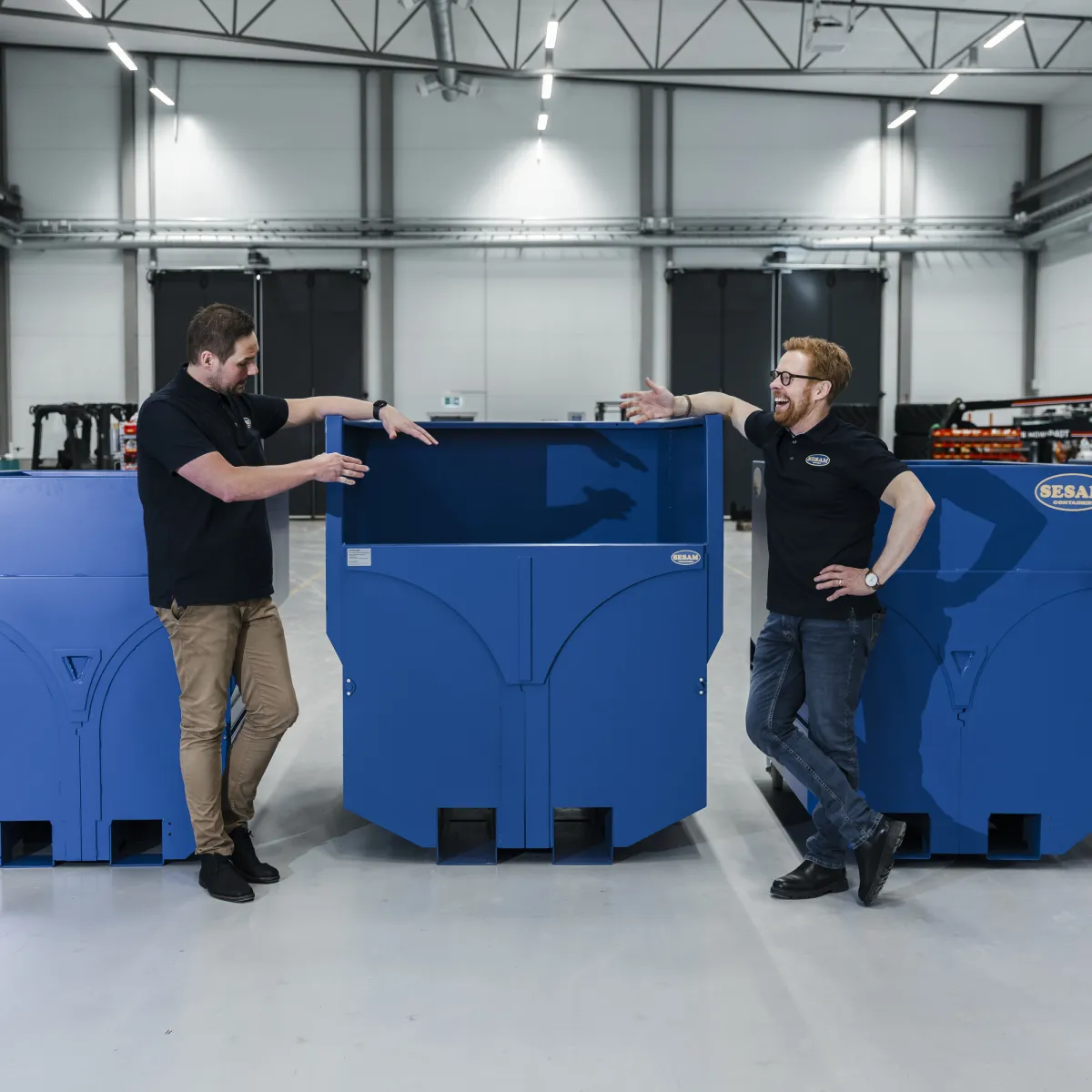How Bottom Emptying Containers Improve Workplace Efficiency
How Bottom Emptying Containers Improve Workplace Efficiency
Blog Article
As it pertains to bottom-emptying pots, durability is a important factor. These bins must endure recurring use, various environmental problems, and constant handling. This makes material collection a high priority. To ensure bottom emptying container (bottentömmande container) present extended company life and maintain their effectiveness, suppliers rely on particular materials manufactured for strength, resistance, and reliability.
Below, we spotlight the most effective components that promise toughness and performance for bottom-emptying containers.
1. High-Density Polyethylene (HDPE)
High-Density Polyethylene, or HDPE, is one of the very generally applied products for resilient containers. Noted for its affect resistance and freedom, HDPE are designed for equally major loads and rough handling. That substance is very suitable for tough commercial use and outside situations because of its opposition to UV rays and chemicals. Furthermore, HDPE is light, rendering it simpler to move and control without limiting on strength.

Why Choose HDPE?
Exemplary weight to temperature and compounds
Lightweight but powerful
Eco-friendly, as it is recyclable
2. Stainless Steel
For industries requiring heavy-duty longevity or sanitary situations, stainless is a perfect material. It's powerful, extremely resistant to corrosion, and effective at resisting excessive temperature fluctuations. Moreover, stainless ensures endurance, making it a cost-effective solution in the extended run. Its clean floor also simplifies maintenance and cleaning, which is important for purposes in food control or healthcare industries.
Key Benefits of Stainless Steel
Extraordinary power and toughness
Rust-proof and ideal for long-term use
Simple to clean and maintain
3. Fiberglass-Reinforced Plastic (FRP)
Fiberglass-Reinforced Plastic (FRP) is just a high-performance material mixing the strength of fiberglass with the cost-effectiveness of plastic. FRP excels in very corrosive and chemical-heavy conditions, rendering it an excellent selection for pots found in compound production or storage. Additionally, FRP bins are light, creating them simpler to maneuver in comparison to steel equivalents.
Advantages of FRP
Corrosion-resistant in demanding situations
Lightweight and simple to deal with
Can be customized for unique purposes
4. Aluminum
Each time a balance between power and lightweight design is required, aluminum sticks out as a high option. It is very favored for programs that require freedom because minimal weight. Aluminum is corrosion-resistant, making it suited to outdoor problems or places exposed to moisture.

Highlights of Aluminum
Exemplary lightweight-to-strength proportion
Corrosion-resistant for outside use
Sustainable as it is recyclable
Choosing the Right Material for Your Needs
The choice of product for bottom-emptying containers depends on the particular program, environmental problems, and needed fill capacity. HDPE is fantastic for cost-effective freedom, while stainless presents unmatched power for sanitary environments. FRP and aluminum, on the other hand, appeal to industries seeking lightweight or very corrosion-resistant options.
By choosing the appropriate substance, you are able to ensure that your containers offer lasting performance, stay useful with time, and suit special functional needs. Report this page